© ROOT-NATION.com - Use of content is permitted with a backlink.
Neuralink is, on the one hand, an incredibly revolutionary and exciting project, and on the other, it is the reason for a whole bunch of fears, which, unfortunately, seem to be quite justified.
Elon Musk is currently one of the richest people in the world, known not only for owning Tesla and seeking to colonize Mars. He also heads the neurotechnology company Neuralink. Despite the fact that Tesla is under heavy criticism from former and current employees who complain about working conditions and the quality of the Model 3, Elon Musk is not losing heart. He continues to present the world with technological solutions that can revolutionize the lives of people in the future. One such technology that Neuralink is working on is the eventual creation of a human brain-artificial intelligence interface.
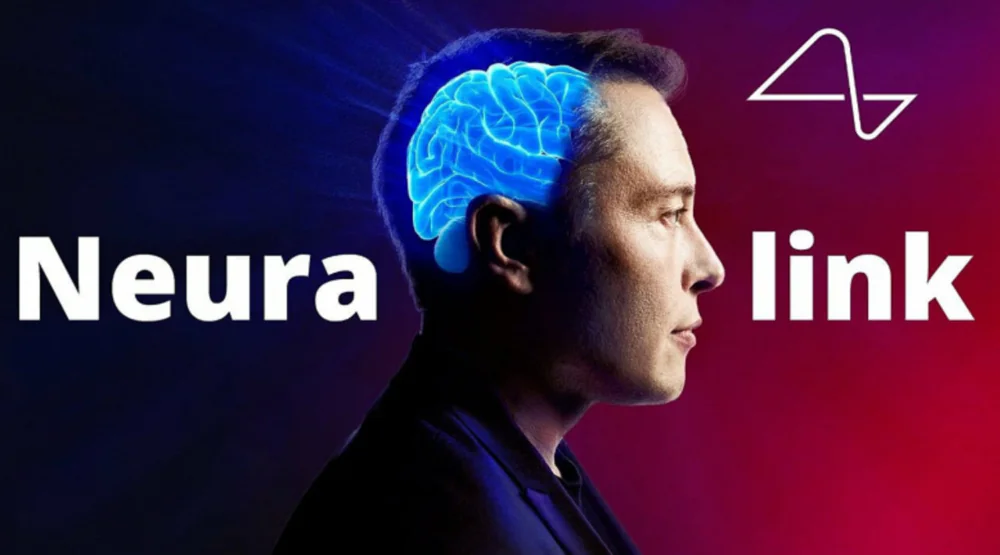
Neuralink has been working on a brain-computer interface project for years. However, in addition to the undeniable revolutionary impact on neuroscience and bioengineering, such technologies can lead to enormous challenges that could change the world in which we live. Even strict regulation will not stop the growing inequality between rich and poor countries related to this technology.
I suggest that you take a closer look at the Neuralink project to understand whether it is a step forward or a threat to humanity.
Neuralink: What is it anyway?
Let’s start with what Neuralink is. It’s a neurotechnology company that was founded by, among others, Elon Musk, one of the world’s most eccentric billionaires, and there’s no denying that fact has a huge impact on the popularity of the whole endeavor.
Neuralink Corporation develops implantable brain-machine interfaces (BMI). Entering Elon Musk Neuralink in the search engine, we learn that the headquarters of the company is in San Francisco, and it started its activities in 2016.

In fact, Neuralink was not founded by Elon Musk alone. Max Hodak, Dongjin Seo, Ben Rapoport, Paul Merolla, Tim Gardner, Philip Sabes, Tim Hanson, and Vanessa Tolosa — a whole group of experts in neurobiology, biochemistry, and robotics participated in the creation process. But for most ordinary people, Neuralink is associated with Elon Musk.
In April 2017, Neuralink announced that it aims to create devices to treat serious brain diseases in the short term, with the ultimate goal of improving and empowering the human being, in both cognitive and physical aspects.
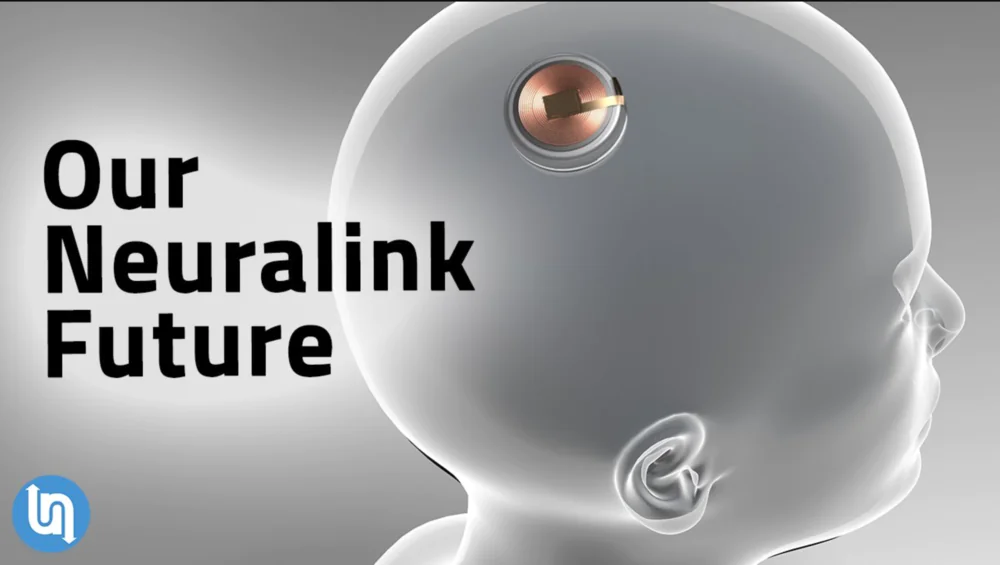
‘My long-term goal is to achieve symbiosis with artificial intelligence, which is seen as an existential threat to humanity,’ Musk said. According to an article published by Stat News, as of August 2020, only three of the eight scientists who originally founded Neuralink remain with the company. No one knows the reasons for the departure of the others, although there are rumors that they could not stand the difficult nature of Elon Musk. But these are just rumors.
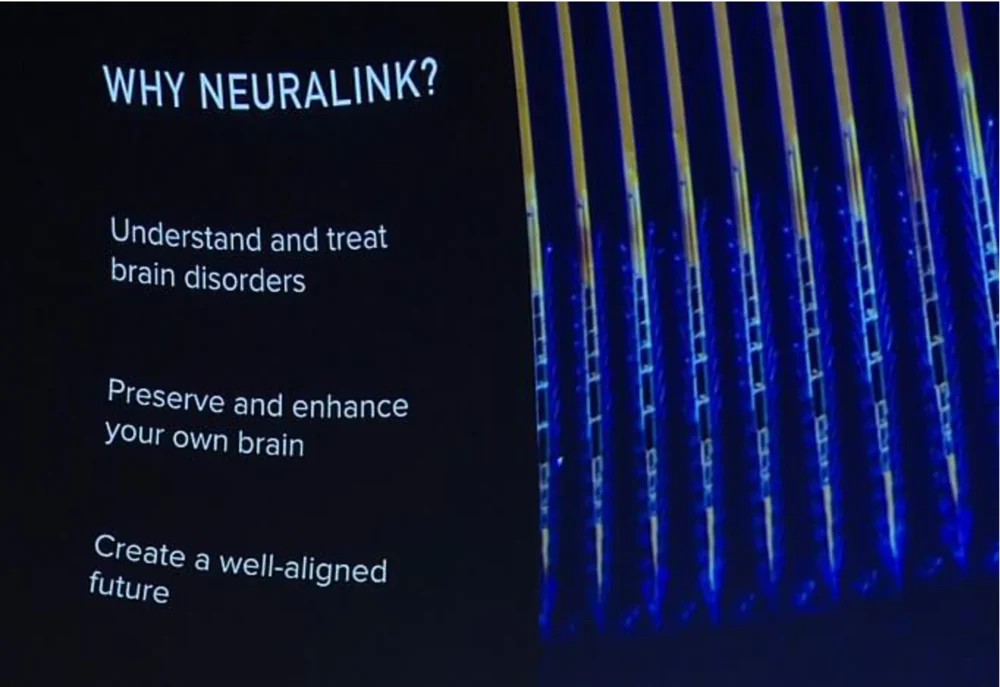
In addition, in May 2021, Neuralink co-founder and president Max Hodak announced that he no longer cooperates with the company. The reason for his resignation has not been disclosed. People connected to the industry note that the reason is likely to be Musk’s announcement a few months earlier about plans to widely integrate the human brain with artificial intelligence.
Read also: Does Ukraine need A-10 Thunderbolt II aircraft?
Monkeys, rats and humans
A startup worth more than half a billion dollars has already been able to boast of successes in experiments with animals. During a live broadcast, Elon Musk spoke about how a monkey controlled a computer with its brain. The project’s official document (which has yet to receive peer review) mentions implanting a chip in a rat. This was done with the help of a specially designed robot that somewhat resembles a combination of a microscope and a sewing machine. Data transfer is possible through the USB Type-C port on the rat’s head, which, on the one hand, looks cyberpunk, and very grotesque on the other.
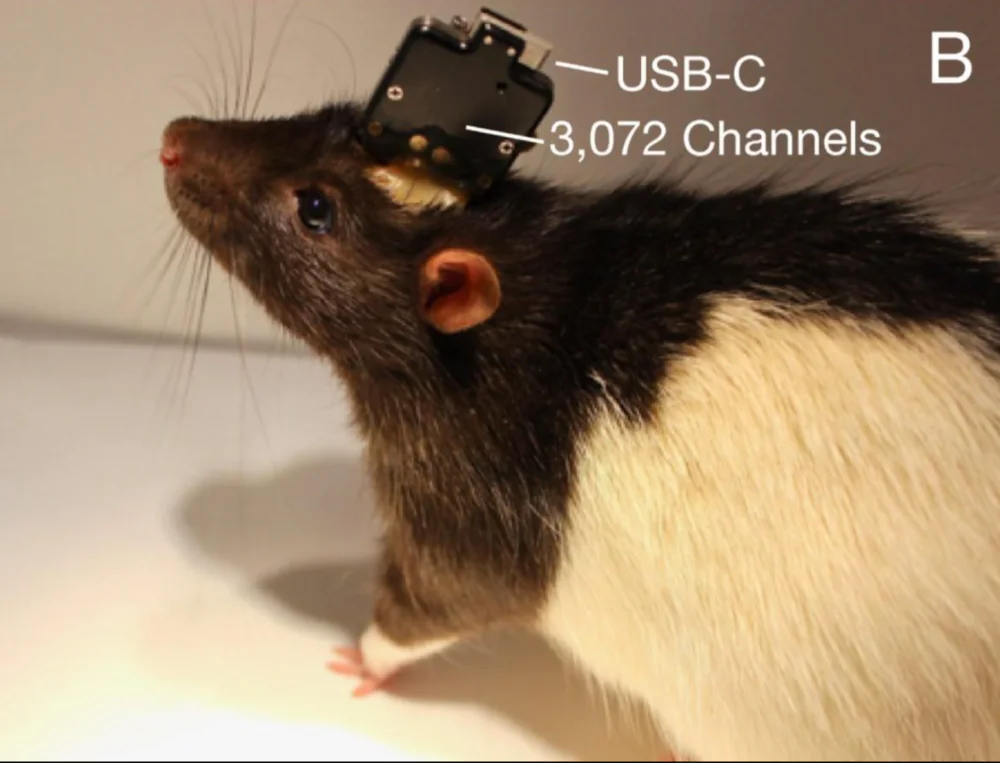
Everyone understands that there is still a long way to go before installing suitable implants in the human brain. After all, there is also the intention to avoid any perforations in the skull. The developers believe that the connection between the brain and the computer should be wireless. Co-founder and CEO of Neuralink, Max Hodak, compared this entire complex process to learning touch typing or playing the piano. However, the implants, which are used in animal experiments, are mentioned in the document as a work of art and a prototype on the way to a human brain-machine interface.In April 2021, Neuralink released a video showing a monkey playing a game of pong with the company’s implant. Scientists have confirmed engineering plans to make the implant wireless and increase the number of implanted electrodes. It should be noted here that similar technology has existed since 2002.

Pager, a 9-year-old macaque who was implanted with Neuralink six weeks ago, was trained to play simple computer games. For each successful ‘play’, the monkey received a small portion of banana smoothie through a special tube. First, Pager learned to use a joystick to direct a ball onto a field displayed in another area of the monitor, while scientists collected recordings of his brain activity to be able to create a program that correctly interpreted his signals.
After creating the basic algorithm, the manipulator was disconnected from the computer. The monkey was still using it, but the control was now through the implant. The next levels of the experiment used the macaque’s favorite game, the classic ping-pong. After some time, the joystick was completely removed, and Pager, despite the lack of physical interaction, was able to continue the game much more efficiently.
That is, Neuralink neurotechnology worked and the amazing used chip worked. I’m sure you’ve read about this chip, but let me tell you more about it.
Technologies of Neuralink
The first Neuralink project is a brain-computer interface, which will essentially be a chip implanted in the user’s brain, from which sensors will come out in the form of very thin threads that read neural activity from brain tissue – sounds a little scary, you have to admit.
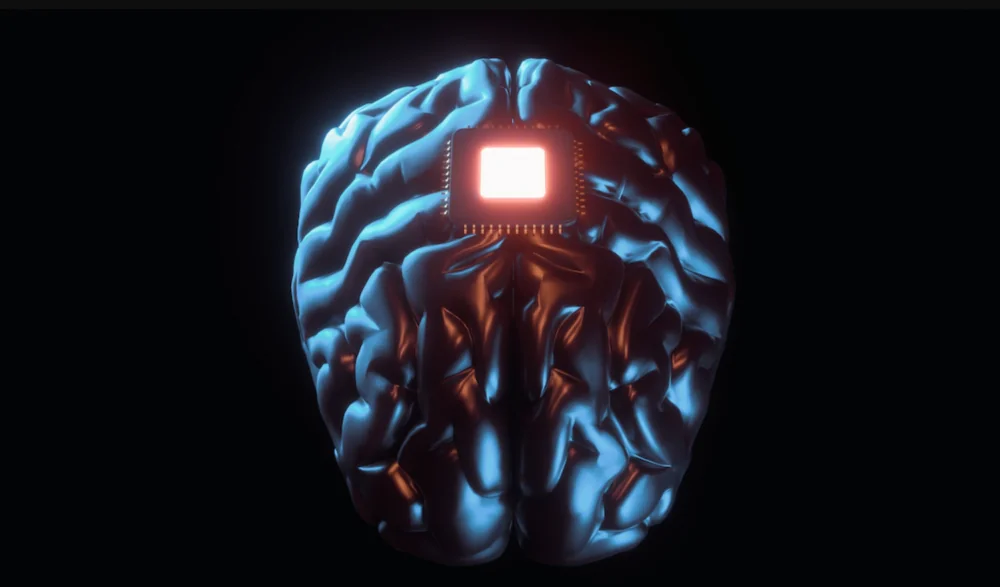
It is known that a 4mm N1 chip will be implanted in the skull. Wires thinner than a human hair are attached to the chip and run into the brain. The filaments are located near important areas of the brain and are able to detect and record impulses transmitted between neurons. Neuralink notes that the N1 can connect to 1,000 different brain cells, and a patient can be implanted with up to 10 such chips.
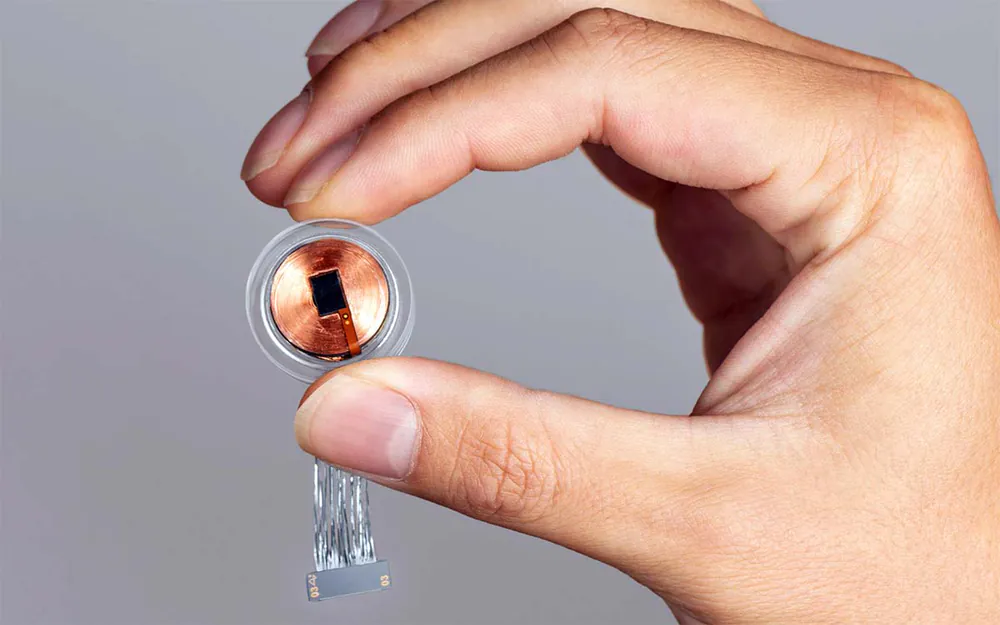
What can be said about this implant? First of all, it is very small. As Musk himself says, ‘If you put something in your brain, you don’t want it to be huge, you just want it to be tiny.’ The chip, placed under the skin, is connected to the brain by electrodes, made of polymer threads with a thickness of a quarter of a human hair. They are introduced into the brain through small holes (2-8 mm) made by a robot. It is planned that in the future they will be made with the help of a laser.
Four sensors will be placed in the body: three in the motor areas, one in the somatosensory area.
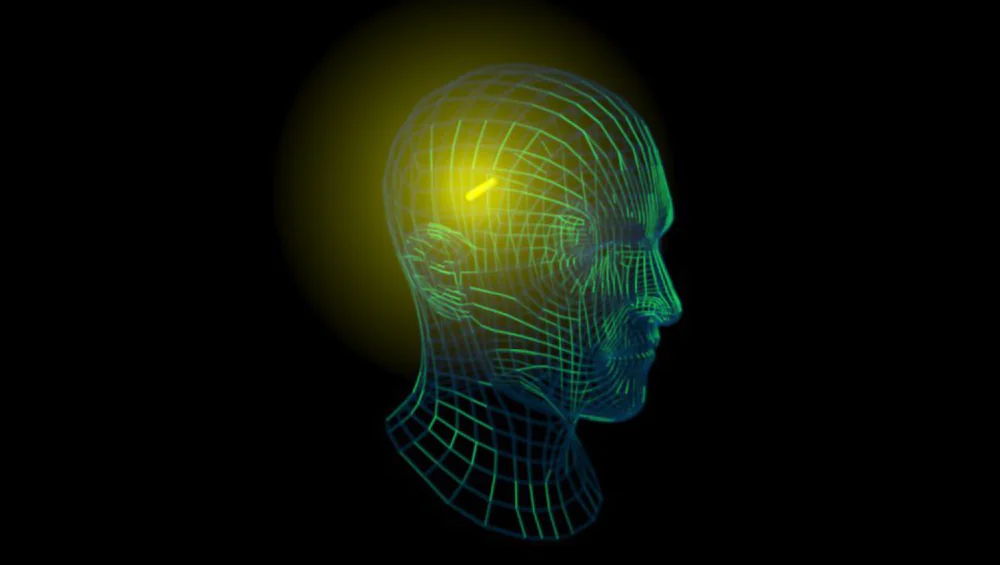
But that’s not all. In addition to the chip implanted in the brain, there will also be an ‘external’ component – a small device placed behind the user’s ear that at first glance looks like a very small hearing aid. All signals received from the brain will be sent there and from the external implant via standard interfaces such as Bluetooth to other devices such as a smartphone, computer or tablet.
Neuralink says the first devices will be implanted using traditional neurosurgery, but eventually the chips will be safely and virtually painlessly inserted by a robotic surgeon through microscopic incisions.
Controversy surrounding Elon Musk’s ideas
Elon Musk’s controversial ideas were both criticized and welcomed by scientists and various publications.
During a live presentation in August 2020, Elon Musk described one of his early devices as a ‘Fitbit in the Skull’, which could soon cure a variety of disabilities, including blindness, deafness, and even paralysis. The MIT Technology Review magazine described the project as ‘very uncertain’.
Thomas Oxley, CEO of the Australian company Synchron, which is also developing a system for inserting probes into the brain through catheters in blood vessels, which prevents direct penetration of brain tissue and does not cause injury, says that we will have to wait for results to confirm the effectiveness of this process, since the technology is not yet sufficiently developed.

There has also been criticism from animal rights organizations such as PETA. After all, Neuralink conducts experiments on animals, surgically inserting implants into their brains.
But the biggest concerns address Elon Musk’s obsession with artificial intelligence (AI). This is reflected in all of Neuralink’s activities. At this stage, we begin to understand the ‘dark side’ of Neuralink. Here are the words Elon Musk spoke during a conference about Neuralink’s activities: ‘Even with benign AI, we will be left behind. With a high-throughput brain-machine interface, we will be able to continue and keep up with it.’

Is there anything alarming in this statement? At first glance, this all makes sense. Artificial intelligence is moving forward, and working on our self-improvement is a necessary step that will prevent humans from becoming an extra link in evolution. It is this enhancement itself that is the problem. Neuralink is focused not only on restoring motor functions and perception, but also on improving the development of AI itself. So, the footage from the Terminator movie can become a reality, and the death of humanity may be inevitable. It scares humanity and scientists.
Many scientists cooled the enthusiasm of the billionaire, as he was repeatedly ridiculed for his overly emotional attitude towards the relationship between artificial intelligence and man. Elon Musk believes that uncontrolled AI may be the cause of our downfall. The governments of the countries are not quite willing to solve this increasingly urgent problem.
Artificial intelligence is an element of the development strategy of many countries around the world. For example, India uses it to better manage startup companies, and China uses it to control people (for example, during a pandemic). Also, it should not be forgotten that this is an integral element of Industry 4.0. AI gives an edge in the market, which is why so many people are trying to invest in it.
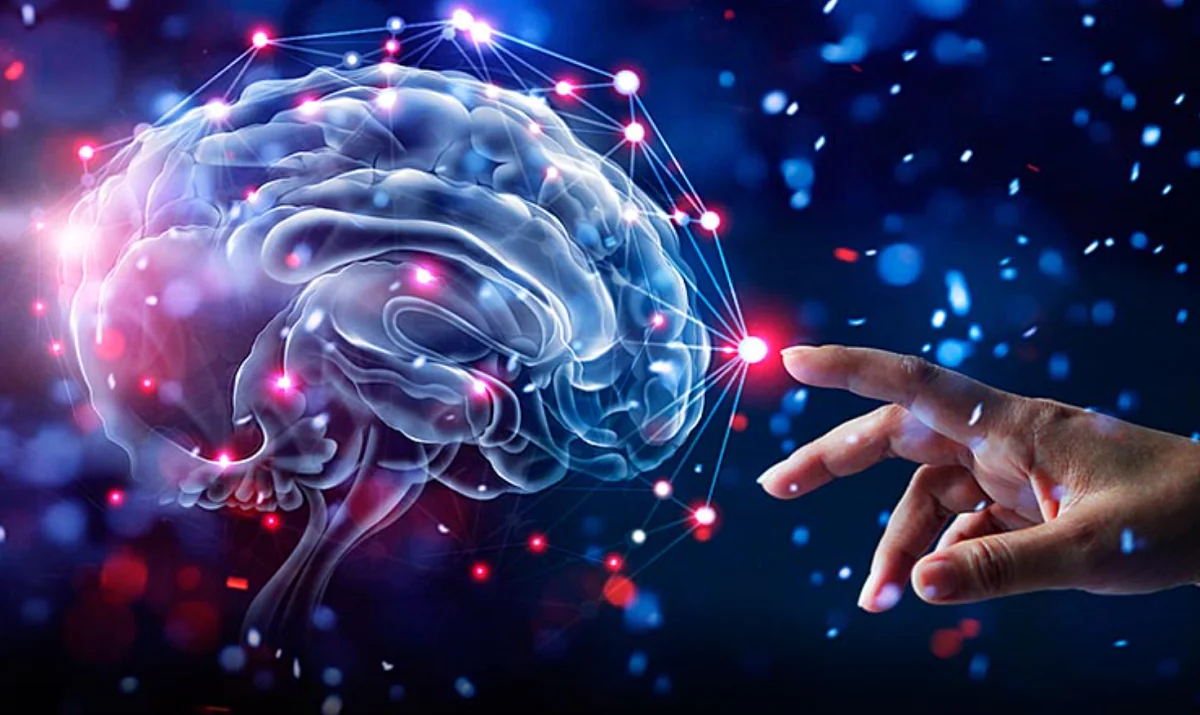
Elon Musk’s fears are justified, since the lack of control in this area may lead to the fact that at some stage of development, a person will not be able to compete with machines. However, many experts in artificial intelligence deny that this is the case. Can we really predict the direction this extremely interesting technology sector is headed?
The technology developed by Neuralink will lead to a complete symbiosis between humans and artificial intelligence. According to Philip Sabes, people with brain disorders due to diseases (such as epilepsy) or injuries will be able to use AI to restore vision or the sense of touch. It also indicates the chances of regaining control over the whole body, something that the paralyzed hope for. Here, however, the technology of stimulating spinal cord neurons or muscles should be developed. But won’t this allow AI to learn and develop uncontrollably? Will it allow AI to control the owner of the chip? There are many questions here.
But as the saying goes, if you can’t beat someone, join them. This is the strategy behind the idea of combining human capabilities with AI. According to many people, including Elon Musk, this is an effective way to compete with artificial intelligence. However, this behavior can have some unforeseen consequences.
The introduction of such a radical solution can, and even should, cause some doubts. Brain-computer interface technology will have a negative impact on the poor population of developing countries. Countries with a low level of development will not be able to compete with China, the USA or EU countries. Economically, they will become completely useless to the rest of the world, even in terms of cheap production of goods.
Industry 4.0 and the brain-computer interface: The revolution is underway
Industry 4.0, which uses IoT and AI algorithms, is great for advanced applications. Factories where innovation is important are increasingly investing in such solutions. Industry 4.0, the 5G network and the brain-computer interface are a combination that produces an explosive mixture.
The trend towards reduced consumption in developed countries will also slightly worsen the situation of other industries. High-tech factories are best located in countries that can offer the right infrastructure, personnel, power supply and connectivity. Tesla’s Gigafactory will be much better located in Berlin than, for example, in Sofia, the capital of Bulgaria.

What does all this have to do with Neuralink? This is the source of further huge differences between countries. Rich countries already have better energy supply, communications, education, food and attract the best scientists. Poorer countries only benefit from lower production costs, but this may change with the introduction of Industry 4.0.
More promising countries such as India will probably be able to cope with such challenges at some stage. The situation is worse, for example, in the countries of Central Africa and South America. Combining the human mind with AI could further deepen the gap between rich and poor societies. More and more regions will struggle with unprecedented poverty and hopelessness. We will also remind that the amount of space in developed countries is also quite limited, therefore migration is a phenomenon that is less and less accepted by society.
Who can afford such an interface?
Inequality between the rich and the poor will also deepen at the societal level. We’re seeing this now, but when technologies like Neuralink become widely used, money will make an even bigger difference. Such a situation is easy to imagine – for example, as a result of an accident, the spinal cord was severed, which led to brain damage. If the victim has a million dollars in his wallet, then there is no problem, he can return to the gym in 24 hours. Or otherwise, spend the rest of the life in a wheelchair. This is a rather radical example, but it shows the essence of the problem well.
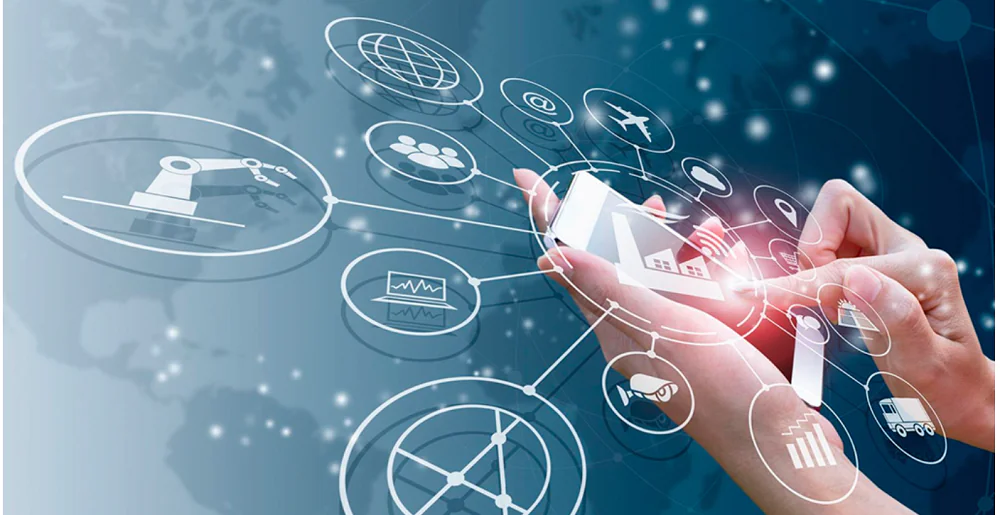
Neuralink and similar technologies are a new development, but in terms of individual differences, it carries the same risks as CRISPR, a gene-editing technique that allows the organism to be re-engineered to some extent. This is a decision that is perceived quite critically. It is worth mentioning the case of employing CRISPR/Cas9 in China, which aimed to develop immunity to HIV in children.
Such practices are often considered unethical. Neuralink’s brain-computer interface also has similar problems. The world is not yet ready for such technology, certainly not in its current state.
Hopes and doubts
Legal regulation of projects of this kind must appear as soon as possible. However, it will be practically impossible to support them all around the world, since this is a completely different situation than, for example, in the case of a pact against the use of nuclear weapons. It is a subtle tool that can give one country an advantage over another. It is also a huge risk of a new conflict between the US and China.
We live in extremely interesting times, with many more social and technological revolutions ahead. Participating in projects like Neuralink is just an escape from the potential threat posed by AI. Both of these technologies have enormous potential to change the world, but they are not without their shortcomings. It is worth keeping abreast of trends in their development and approach the topic with due attention.
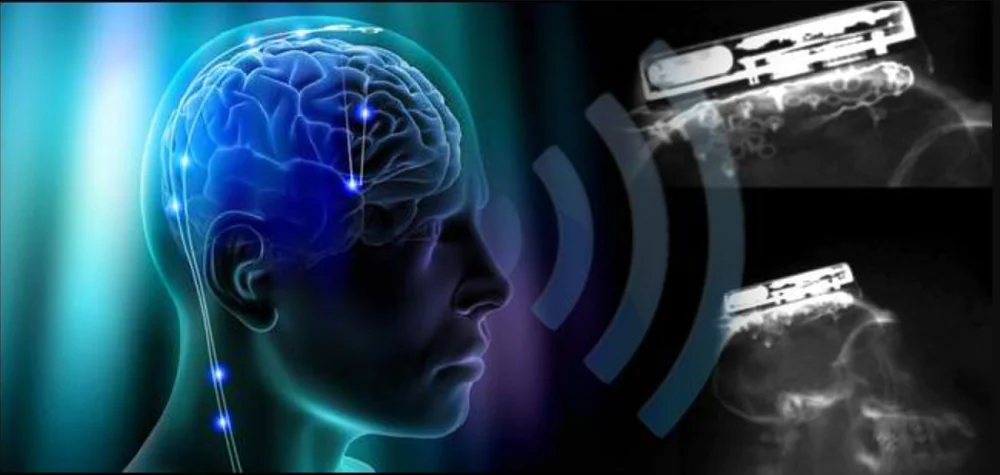
On the other hand, the Neuralink chip is about to make a significant contribution to the development of humanity by letting a smartphone or computer ‘read our minds’, allowing us to immediately respond to incoming messages or give commands to selected devices. In addition to these aspects, the chip also has the potential to treat certain disorders and diseases of the human body, such as restoring sight and hearing.
Perhaps this technology will become commonplace, naturally accelerating the evolution of humanity, providing our species with symbiosis with artificial intelligence. Musk says that coexistence with AI will be crucial to the survival of our species in the long term. There is a grain of truth in these words. I know one thing for sure – we are on the way to incredible, fantastic changes, and perhaps we will witness these revolutionary events in the history of mankind.
You can also help Ukraine fight with Russian occupants via Savelife or via an official page of the National Bank of Ukraine.
Read also: All You Need To Know About Ted Lasso Season 3

